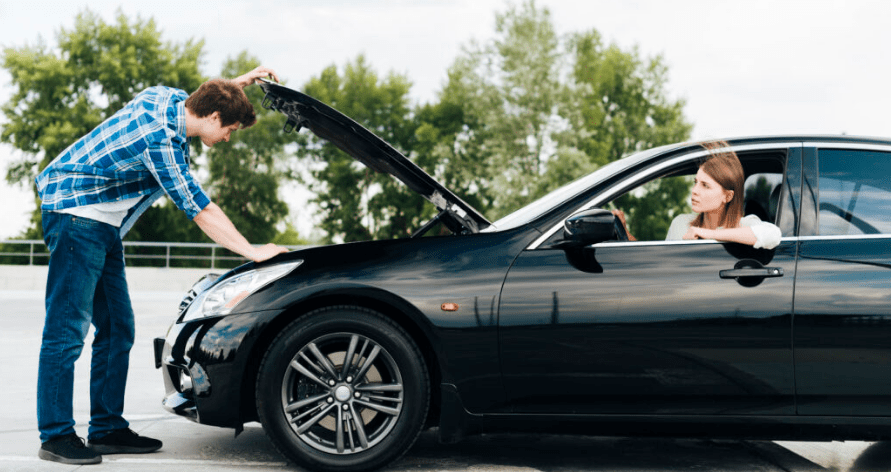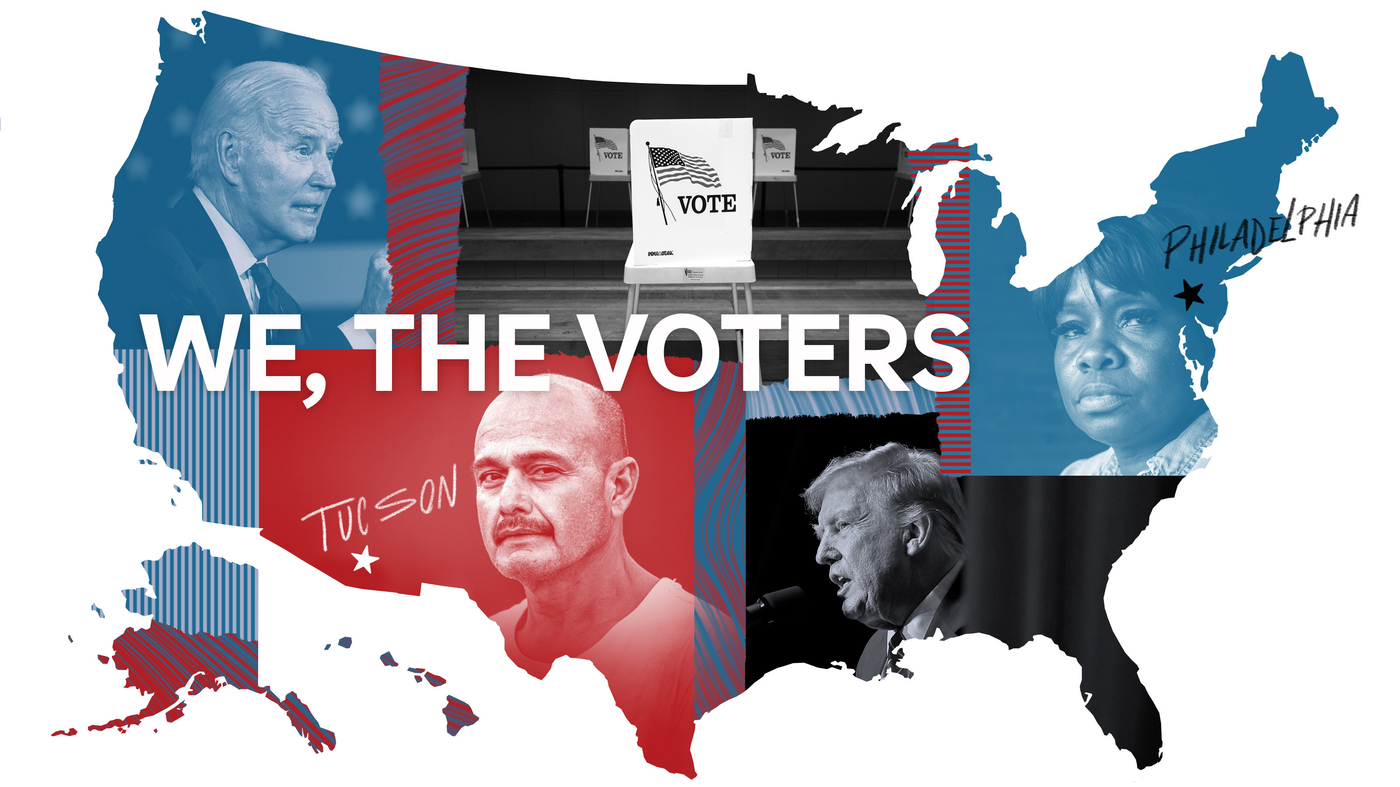In the evolving landscape of ride-sharing, safety and insurance are paramount concerns for both drivers and passengers. As Uber and other ride-sharing services continue to grow in popularity, understanding how insurance works within these platforms is crucial. A common question that arises is whether Uber’s insurance covers passengers. This article provides a comprehensive look into Uber’s insurance policies, passenger coverage, and what you need to know for a safer ride.
1. Overview of Uber’s Insurance Policies
Uber operates in a complex insurance environment, combining personal and commercial insurance coverage to address various aspects of its service. Uber’s insurance policy is designed to provide coverage for drivers, passengers, and third parties during different phases of a ride. The insurance coverage can be categorized into three primary periods:
- Period 1: When the driver is online but has not yet accepted a ride request.
- Period 2: From the time the driver accepts a ride request until the passenger is dropped off at their destination.
- Period 3: From the time the passenger enters the vehicle until they exit.
Each of these periods has distinct insurance coverage levels that impact how passengers are protected.
2. Insurance Coverage During Period 1
When an Uber driver is online but hasn’t yet accepted a ride request, Uber provides limited coverage. During this period, the driver’s personal auto insurance is the primary coverage. Uber’s insurance policy may offer some liability coverage in case of an accident, but it is minimal compared to the coverage provided during active rides. This means that passengers are not covered by Uber’s insurance in this period, as there is no active passenger in the vehicle.

3. Insurance Coverage During Period 2
Once a driver has accepted a ride request and is en route to pick up the passenger, Uber’s insurance coverage becomes more robust. During this period, Uber’s insurance policy includes:
- Liability Coverage: Uber provides coverage for bodily injury and property damage liability. This means that if an accident occurs while the driver is on the way to pick up a passenger, Uber’s insurance can cover injuries or damages caused to third parties.
- Uninsured/Underinsured Motorist Coverage: This coverage helps protect passengers if they are involved in an accident with another driver who has insufficient insurance or no insurance at all.
- Comprehensive and Collision Coverage: This coverage helps pay for damages to the driver’s vehicle resulting from non-collision incidents (such as theft or vandalism) and collision incidents (such as hitting another car or object).
It’s important to note that this coverage applies only if the accident occurs while the driver is on their way to pick up the passenger and not yet actively transporting them.
4. Insurance Coverage During Period 3
When the driver has picked up the passenger and is transporting them to their destination, Uber’s insurance coverage is at its most comprehensive. During this period, Uber’s insurance includes:
- Liability Coverage: Uber provides substantial liability coverage for injuries and property damage caused by the driver. This coverage extends to passengers, meaning that if an accident occurs, Uber’s insurance can cover medical expenses and damages for the passengers.
- Uninsured/Underinsured Motorist Coverage: As with Period 2, this coverage applies to passengers in the event of an accident involving a driver with inadequate insurance.
- Comprehensive and Collision Coverage: Uber’s policy also covers damages to the driver’s vehicle, whether the damage results from a collision or other covered incidents. This ensures that the driver’s vehicle can be repaired or replaced, indirectly benefiting passengers by maintaining the quality and safety of the vehicle.
5. Passenger Protection and Claims Process
When passengers are involved in an accident during Period 2 or Period 3, they are entitled to certain protections under Uber’s insurance. However, the process for making a claim can be complex:
- Immediate Medical Attention: The first priority after an accident is to ensure that everyone receives the necessary medical attention. If passengers are injured, they should seek medical care immediately.
- Contacting Uber: Passengers should report the accident to Uber as soon as possible. Uber’s support team can provide guidance on the next steps and ensure that the insurance process is initiated.
- Filing a Claim: Depending on the specifics of the accident, passengers may need to file a claim with Uber’s insurance provider or, in some cases, with the insurance provider of the at-fault driver. Uber’s insurance will typically be the primary coverage, but in cases involving uninsured or underinsured drivers, additional claims might be necessary.
- Documentation: Passengers should gather all relevant documentation, including accident reports, medical records, and any correspondence with Uber or insurance companies. This information is crucial for processing claims and ensuring adequate compensation.
6. Limitations and Exclusions
While Uber’s insurance provides significant coverage for passengers, there are limitations and exclusions to be aware of:
- Coverage Gaps: During Period 1, when the driver is online but has not accepted a ride request, passengers are not covered by Uber’s insurance. If an accident occurs during this time, the driver’s personal insurance is the primary coverage.
- Exclusions: Uber’s insurance may not cover certain types of incidents or damages. For instance, if a passenger is injured while engaging in illegal activities or if the driver is using the app for personal errands rather than transporting passengers, coverage may be limited or excluded.
- Policy Limits: Uber’s insurance policies have coverage limits, which means that in severe accidents with high costs, the insurance may not cover all expenses. Passengers should be aware of these limits and consider additional personal insurance options if needed.
7. Comparing Uber’s Insurance to Traditional Taxi Insurance
Uber’s insurance model differs from that of traditional taxis. Traditional taxi services are typically required to have commercial insurance that covers passengers at all times during the ride. Uber’s phased insurance model, with varying levels of coverage depending on the driver’s status, introduces complexity but also reflects the on-demand nature of ride-sharing services.

8. What Passengers Can Do to Protect Themselves
While Uber’s insurance provides significant coverage, passengers can take additional steps to protect themselves:
- Ensure Proper Documentation: Always document your ride details, including the driver’s information, vehicle details, and any relevant interactions.
- Report Issues Promptly: In the event of an accident or issue, report it to Uber and seek medical attention as soon as possible.
- Consider Personal Insurance: For added peace of mind, consider purchasing personal auto insurance or travel insurance that provides additional coverage for ride-sharing scenarios.
9. The Future of Ride-Sharing Insurance
As ride-sharing continues to grow, the insurance industry is likely to evolve to better address the needs of all parties involved. Innovations in insurance coverage, regulations, and technology may lead to improved protection and streamlined claims processes for passengers and drivers alike.
Conclusion
Uber’s insurance policy provides substantial coverage for passengers during active rides, specifically during Periods 2 and 3 when the driver is either on the way to pick up or actively transporting a passenger. While Uber’s insurance offers significant protections, it’s essential for passengers to understand the limits and exclusions of the coverage. By being informed and proactive, passengers can ensure they are adequately protected and navigate the complexities of insurance claims effectively. As the ride-sharing industry evolves, continued attention to insurance and safety practices will be crucial for maintaining trust and security in these services.










pw2u3d
mly17d
rnoxit
234fpq
hopbjp